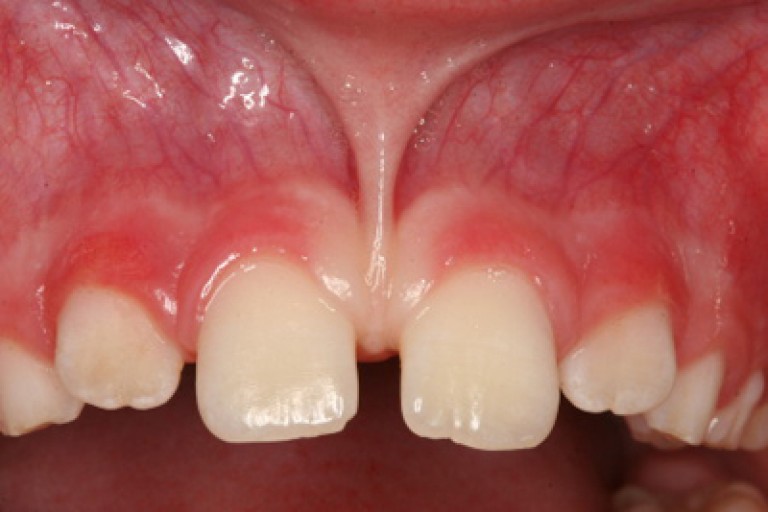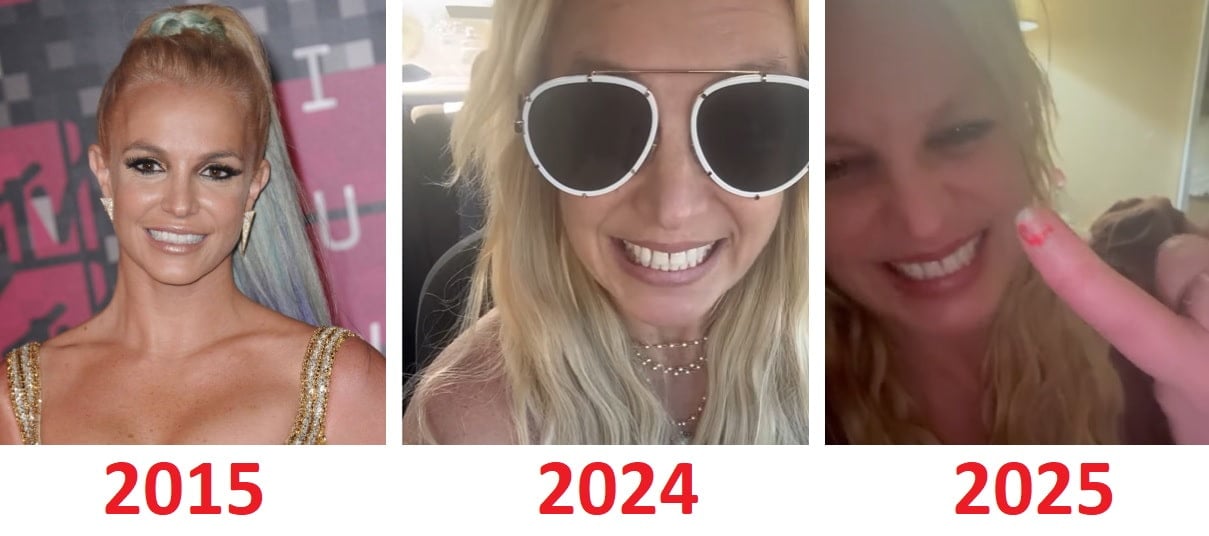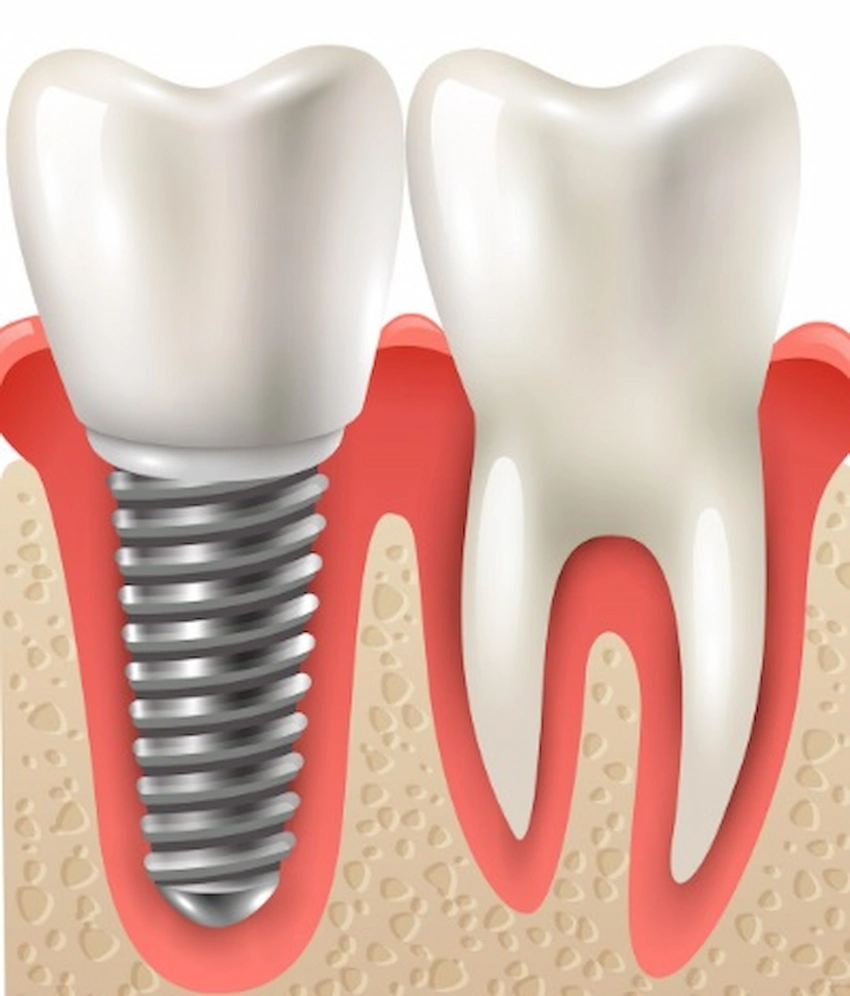🦷 How Does The Tooth Change Process Occur in Children?
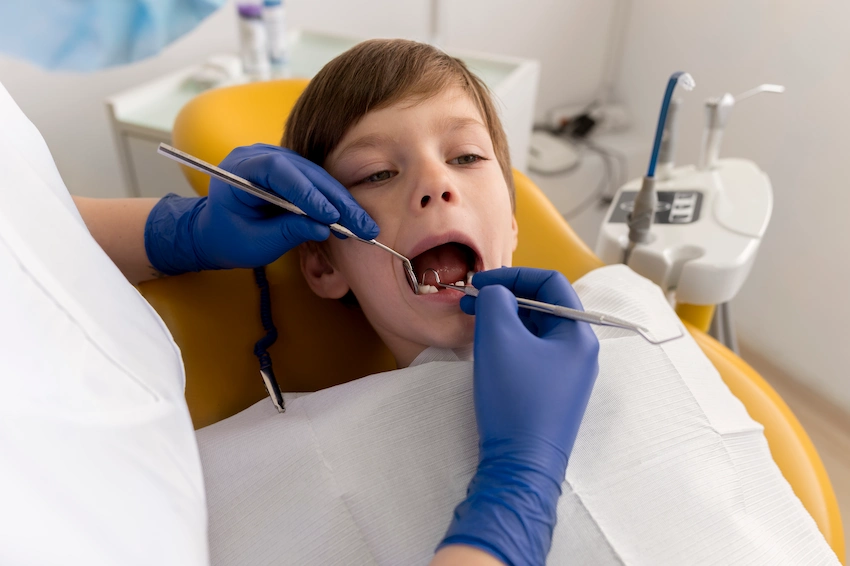
Tooth Change Process in Children
The children’s tooth change process is a key part of their development as it signifies a shift from baby teeth to adult teeth. The cycle takes its course naturally from the age of 6 and lasts until early teenage years. The falling out of milk teeth leads to the growth of adult teeth; thus, the children have the possibility of full permanent teeth. Knowing these changes and their timing enables parents to handle and take care of their kids’ dental health effectively during such a crucial time.
What Teeth Does a Child Lose and When?
The shedding of teeth in kids- a biological development, begins when the primary set of teeth, called the baby teeth, begin to drop out. At the age of six, it is normal and the front teeth, the lower ones, are the first to be lost first, and from many known sources, they are the most frequently lost in a proper situation. Often, immediately after this, the upper front teeth follow. Over the years, the missing teeth are being replaced naturally by the permanent teeth, whereby the first ones to be replaced are the canines, and lastly, the molars. Most children will already have replaced all their primary teeth with permanent ones by the time they turn twelve. There may be exceptions to early and late shedders. Moreover, the exact order of tooth loss varies from child to child.
How Long Does a New Tooth Take to Grow When It Falls Out?
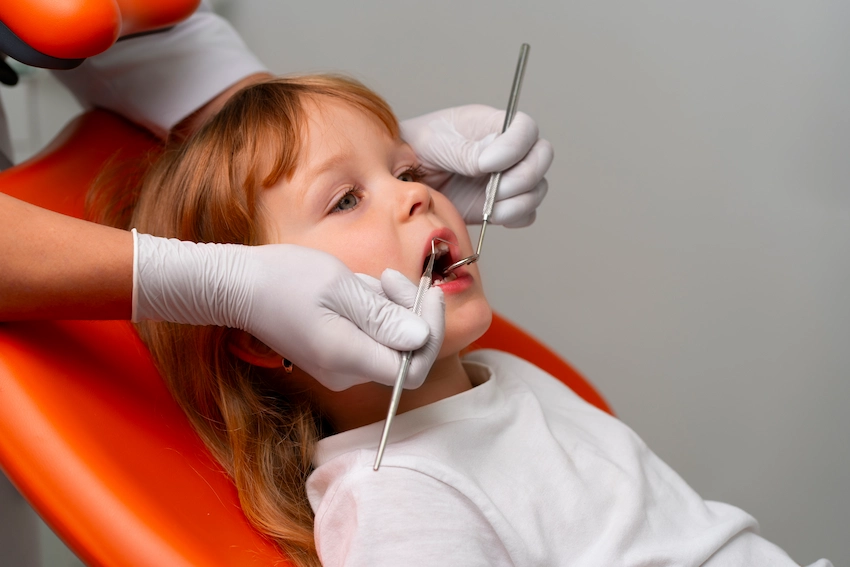
When a child’s primary teeth fall out, it is a signal that a new secondary tooth usually appears to grow in that place. The phenomenon is normal, and within a few months, the gum becomes healed and the new tooth begins to show. The emergence of the permanent tooth may differ significantly from one child to another, although in most cases, the shedding of the primary teeth starts the immediate development of the permanent ones. The normal period for full eruption is estimated to be a mean of 6-12 months, and there have been cases where the adult tooth takes as long as a year to finally come out. Usually, growth pace among individuals of all ages is largely driven by hereditary factors and the current growth status of the child. On rare occasions, one can experience a longer-than-normal period before a permanent tooth, especially if it is a molar at the back, emerges.
How Does Tooth Change Happen in Children?
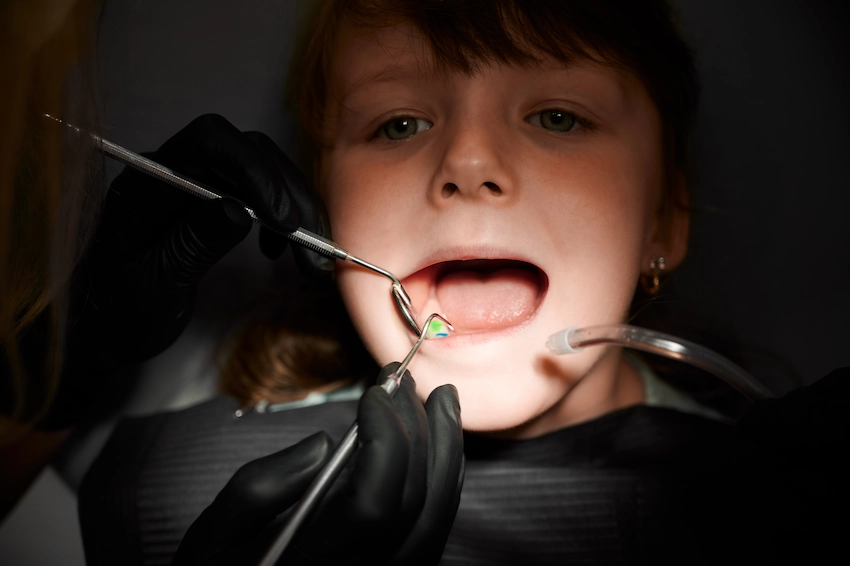
The procedure of the tooth change is a usual one that implies the falling of the primary teeth and the appearance of the permanent teeth. It begins with the shaking of the baby teeth, which can cause some pain and annoyance in children.
As a baby tooth goes out, the space is taken by an adult tooth that grows out from under the gum line. First, the central incisors, immediately followed by the lateral incisors, and then the first molars, will be those teeth that appear in the children as the baby teeth are being replaced by the adult ones. And the last stage of this process may well extend to the early teenage years of the children. It’s important to remember that the tooth change is the ultimate stage of the development of adult teeth, which are stronger and have the ability to maintain the permanent chewing functions.
Which Teeth Appear in Children at What Age?
The first teeth in children appear in a specific pattern and at a fixed period. Initially, the first teeth that break through the gum are the lower central incisors. These are usually followed by the upper central incisors, which come around the same time, when children are about six to eight months old. The child will continue to grow, and the lateral incisors, first molars, canines, and second molars will show up within the next few years.
By the time a child turns three, he/she will most typically have a complete collection of 20 baby teeth. The baby teeth start falling out at the age of six, and then the first permanent adult teeth (the first molars and central incisors) begin to grow. The next step is usually that the lateral incisors, canines, and the remaining molars become loose. By ages 12 or 13, the majority of children have developed all of their adult teeth, except the wisdom teeth, which generally come in much later, usually between 17 and 21.
When Do Baby Teeth Completely Change in Young Children?

Normally, the vast majority of children reach the age of 12 or 13, where their adult teeth become predominant; this age is therefore considered the time when the complete tooth changing process takes place. This is the point at which baby teeth are lost and the permanent teeth are coming in to stay.
Nevertheless, some children will likely see a delay in the eruption of teeth, and this is more often seen in the third molars or wisdom teeth. Wisdom teeth are not fully erupted before the age of 17 or at any time between the ages of 17 and 21, and therefore, in both cases, removal may be necessary for those who cause problems in the mouth. In most cases, children\’s permanent teeth (excluding the wisdom teeth) are already established by the beginning of teenage years, thus making the process of primary to permanent dentition change complete.
FAQ: Tooth Change Process in Children
Tooth change in children happens when the milk teeth begin to become loose, suggesting that they will fall out in due course. The empty spaces are filled with adult teeth that erupt through the gum line, the front ones first and then the back, which is a process that takes several years.
In a child, restlessness or tooth discomfort, which is a result of the milk teeth getting loose, can make them feel this way for up to fourteen days. The intensity and duration of this problem depend on the child, but gentle teething gels or massaging the gums can still be useful during the times of pain.
From the time the milk tooth goes out to the moment when a permanent tooth comes in, it commonly takes a few weeks. However, usually, the eruption of the tooth from the gum line and its full exit from the mouth are the general timings, with an occasional range of variation of 6 to 12 months.
Children normally have their permanent teeth come in at around the ages of 12 or 13, as it is somewhere towards the end of the mixed dentition stage. Still, the third molars or wisdom teeth would not start to emerge until the ages of 17 to 21, which means that permanent teeth development has been completed, with all third molars present.
It is common for a child to have a complete set of teeth, called baby teeth, when they turn almost 3 years old. The phase in which most of the kids will pass from the milk teeth to the ones that will remain permanent in the future usually starts from the age of six and continues up to the age of around 12 or 13.
